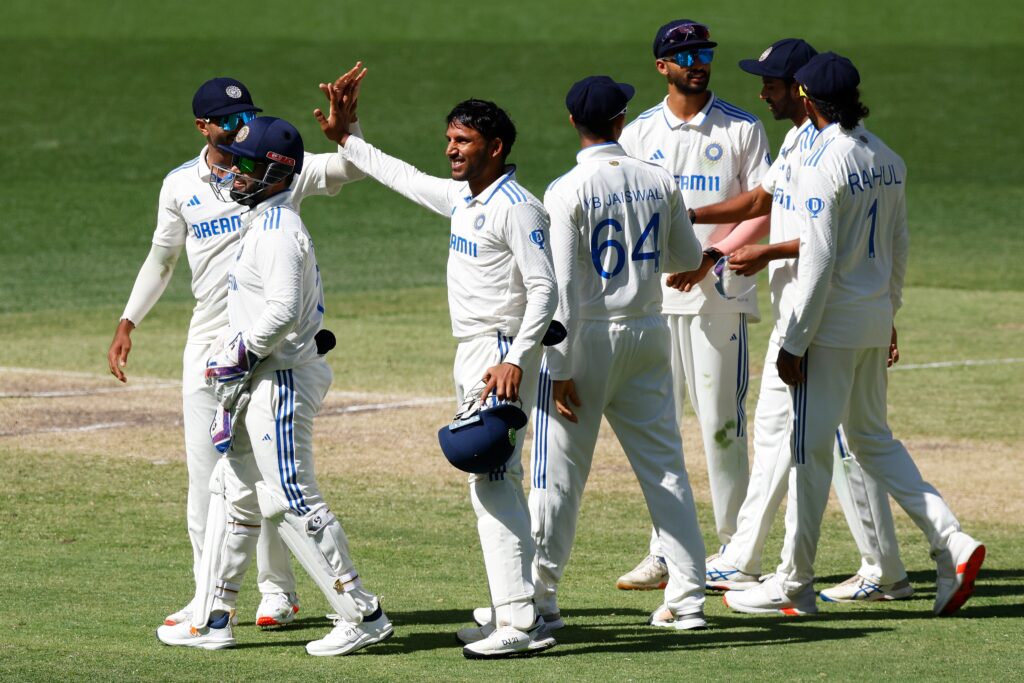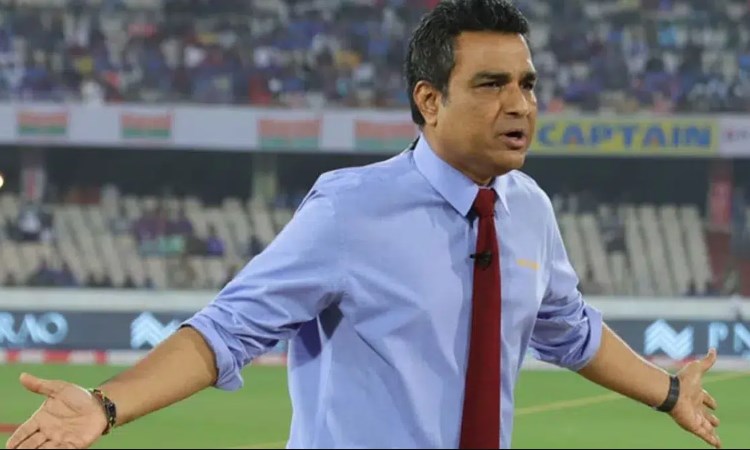Sanjay Manjrekar has pointed to the hero-worshipping culture in Indian cricket as one of the main reasons behind the team’s ongoing slump in Test cricket. The Indian team has faced a significant downturn in form, having lost six out of their last eight Test matches. This includes back-to-back series defeats against New Zealand and Australia, which have raised concerns about the team’s future performances.

According to Sanjay Manjrekar, this kind of slump isn’t something new for Indian cricket, as a similar phase occurred in the 2011-12 season when India, under MS Dhoni’s captaincy, lost eight consecutive Test matches against England and Australia.
Manjrekar described the current form slump under Rohit Sharma’s leadership as a “generational slump” and attributed the issues to the prolonged poor form of some of the country’s most celebrated players. Sanjay Manjrekar pointed out that India’s loss of form is particularly notable because of the expectations placed on the team and the iconic status of certain players.
WATCH – Devdutt Padikkal Shines With A Stunning Century In Vijay Hazare Trophy 2024-25 Quarterfinal
“India is one of the most sought-after cricket teams in the world. They play a lot of their matches in SENA (South Africa, England, New Zealand, Australia) countries, so it is only fair that they are held to the highest standards,” Sanjay Manjrekar wrote in his column for Hindustan Times. He went on to describe the current slump as a natural phase of transition for many top teams.
However, Sanjay Manjrekar also highlighted a deeper issue that has affected the team during these transitions: the country’s hero-worshipping culture. He argued that when iconic players experience a dip in form, it impacts the team as a whole, yet their status often prevents them from being dropped or replaced.

“Be it in 2011-12 or now, the scenario is the same — legendary players continue to feature in the team despite their poor performances, which hurts the overall team dynamics,” he added.
Drawing parallels between the 2011-12 slump and the current one, Manjrekar recalled how key players like Sachin Tendulkar, Virender Sehwag, and VVS Laxman struggled during that period, and he sees a similar pattern with Virat Kohli and Rohit Sharma. He mentioned that during the 2011-12 series, Tendulkar averaged just 35, Sehwag 19.91, and Laxman 21.06, with only Rahul Dravid showing any consistency.
ALSO READ: Tymal Mills Hails Jasprit Bumrah As The Best Bowler Across All Formats, Praises Arshdeep Singh’s Skills
Even Dravid, however, faced challenges, averaging only 24.25 in Australia. Manjrekar stressed that, in such situations, emotions often cloud cricketing logic, leading to decisions that protect the reputations of iconic players rather than focusing on team performance. He concluded by pointing out that India’s inability to manage these transitions is exacerbated by the emotional attachment to players, which influences decisions at the selection level. “
When it comes to big players, we as a country are just not able to stay rational,” he said. “Cricketing logic goes out the window.” India’s focus will now shift towards white-ball cricket in the upcoming months, with their next Test series scheduled for June 2025 against England. This will be a crucial series for the team, as they look to bounce back from their recent Test struggles.
